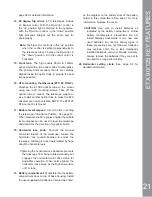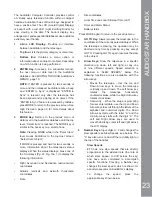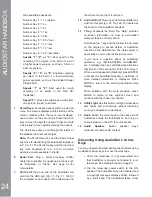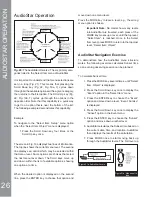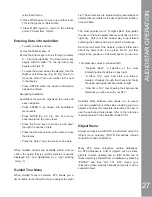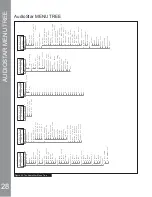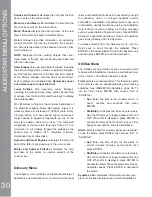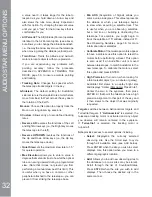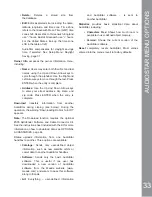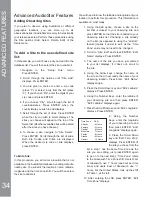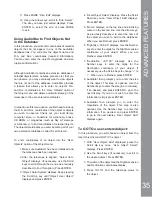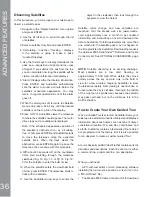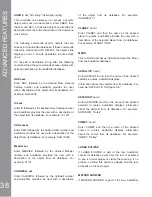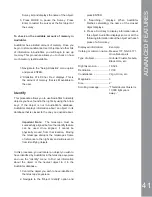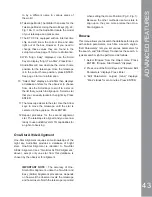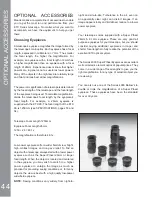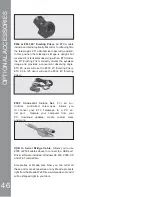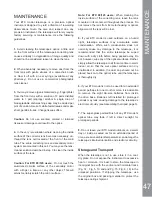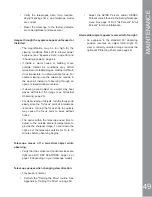
34
Advanced AudioStar Features
Adding Observing Sites
If you plan to observe using AudioStar at different
geographic locations, you can store up to six
observation sites in AudioStar’s memory to help simplify
your telescope setup. Perform these procedures using
the Site options (Add, Select, Delete, Edit) of the
Setup menu.
7R$GG D 6LWH WR WKH XVHUGH¿QHG VLWH
list:
In this example, you will choose a city and add it to the
database list. You will then select the site to enable it.
1.
Navigate to the “Setup: Site” menu.
Press ENTER,
2. Scroll through the options until “Site: Add”
displays. Press ENTER.
3. You are given a choice to enter a zip code
(press “1”) or select a city from the list (press
“2”). If you choose “Zip”, enter the digits of your
zip code and press ENTER.
4. If you choose “City”, scroll through the list of
countries/states. Press ENTER when the
country/state you wish to add displays.
5. Scroll through the list of cities. Press ENTER
when the city you wish to select displays. The
sites you choose will appear at the top of the
Select list (all other available sites will be listed
after the sites you have chosen).
6. To choose a site, navigate to “Site: Select”.
Press ENTER. Scroll through the list of sites.
Both Zip Codes and Cities are displayed.
When the desired zip code or site displays,
press ENTER.
To Edit a Site:
In this procedure, you will enter a location that is not
available in the AudioStar database by editing data of a
nearby site. You will edit the location’s name, latitude,
longitude and the time zone shift. You will then select
the site to enable it.
You will need to know the latitude and longitude of your
location to perform this procedure. This information is
available on most maps.
1. Using the Add option, choose a site on the
list that is closest to your observing site and
press ENTER so that the site is added to your
observing sites list. Choosing a site already
on the list (as opposed to using the “Custom”
feature) makes it easier to edit, as the “Time
Zone” value may not need to be changed.
2. Scroll to “Site: Edit” and press ENTER. “Edit:
Name” displays. Press ENTER.
3. The name of the site you have just entered
to your list displays; if it does not, scroll to
the site.
4. Using the Arrow keys, change the name of
the site so that it now reads the name of your
observing location. Press Enter. “Edit: Name”
displays again.
5. Press the Scroll Down key and “Edit: Latitude”
displays. Press ENTER.
6. Using the Number Keys, enter the latitude of
your observing site and then press ENTER.
“Edit: Latitude” displays again.
7. Press the Scroll Down key and “Edit: Longitude”
displays. Press ENTER.
8. Using the Number
Keys, enter the longitude
of your observing site and
then press ENTER. “Edit:
Longitude” displays again.
9. Press the Scroll Down
key and “Edit: Time Zone”
displays. Press ENTER. (If
the site you chose from the
list in step 1 has the same Time Zone as the
site you are editing, just press ENTER again
to go on to the next step.) “Time Zone” refers
to the Greenwich Time Zone shift. Users West
of Greenwich, use “-” hours (one hour per time
zone) and users East of Greenwich use “+”
hours. For the United States, look up the shift
in Table 1, at the left.
10. After entering the shift, press ENTER. “Edit
Time Zone” displays.
Time Zone
Shift
Atlantic -4
Hours
Eastern -5
Hours
Central -6
Hours
Mountain -7
Hours
3DFL¿F
+RXUV
Alaska -9
Hours
Hawaii -10
Hours
ADV
A
NCED FEA
T
URES


